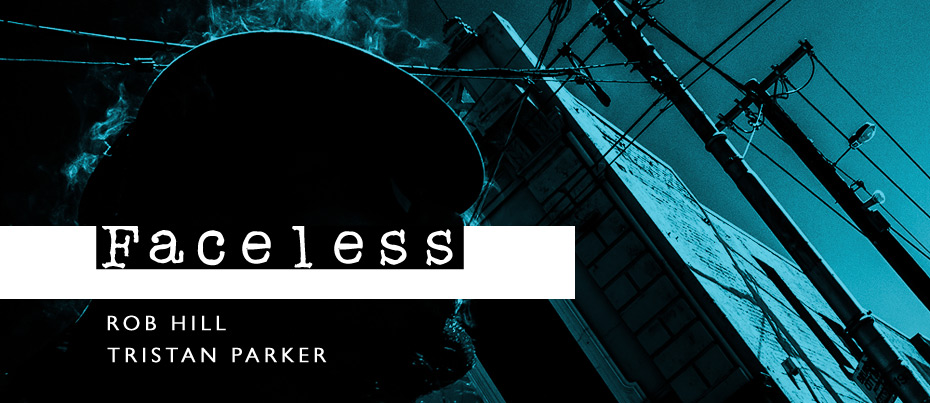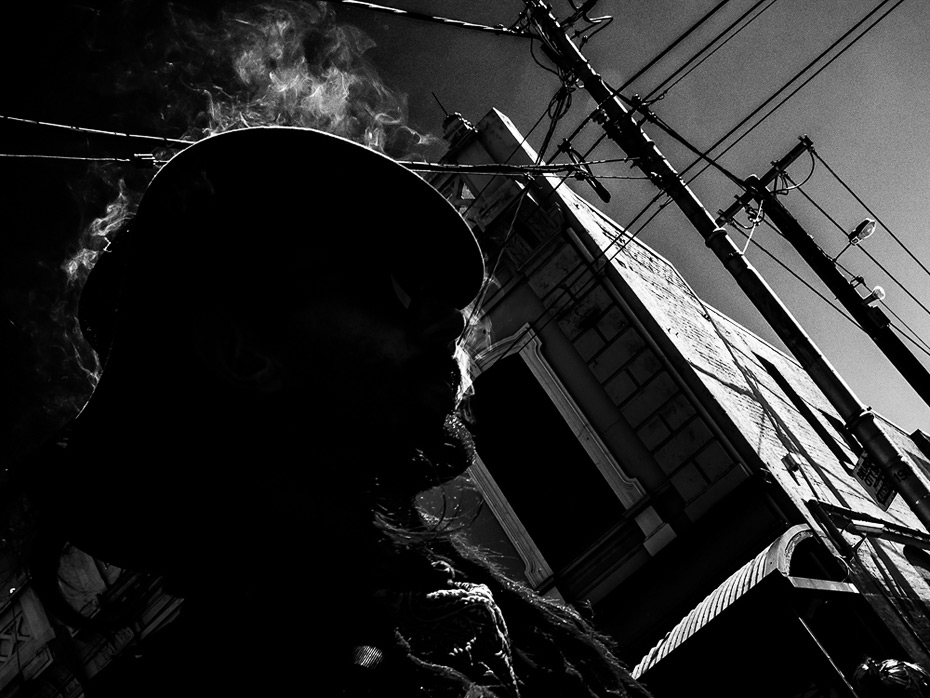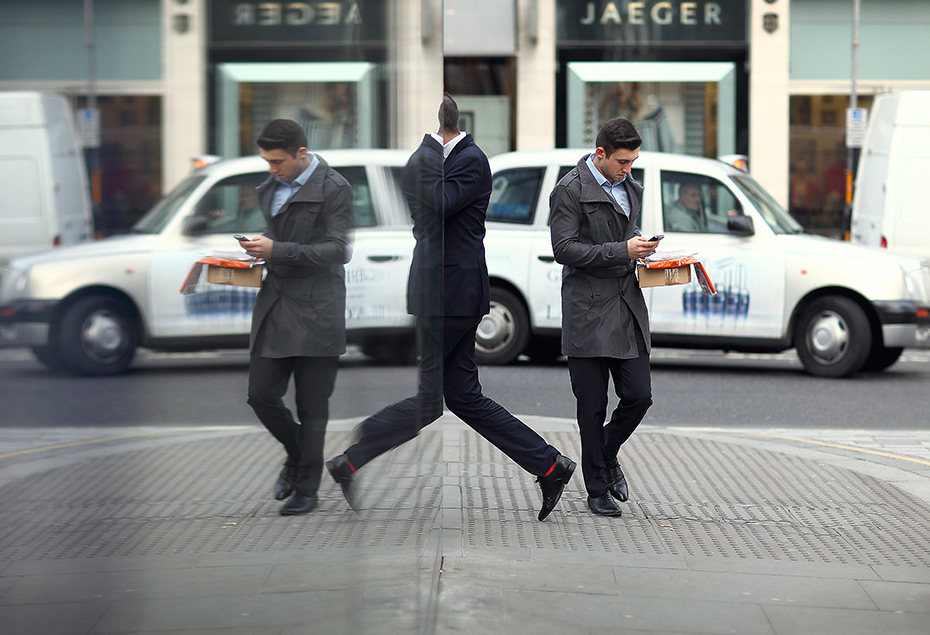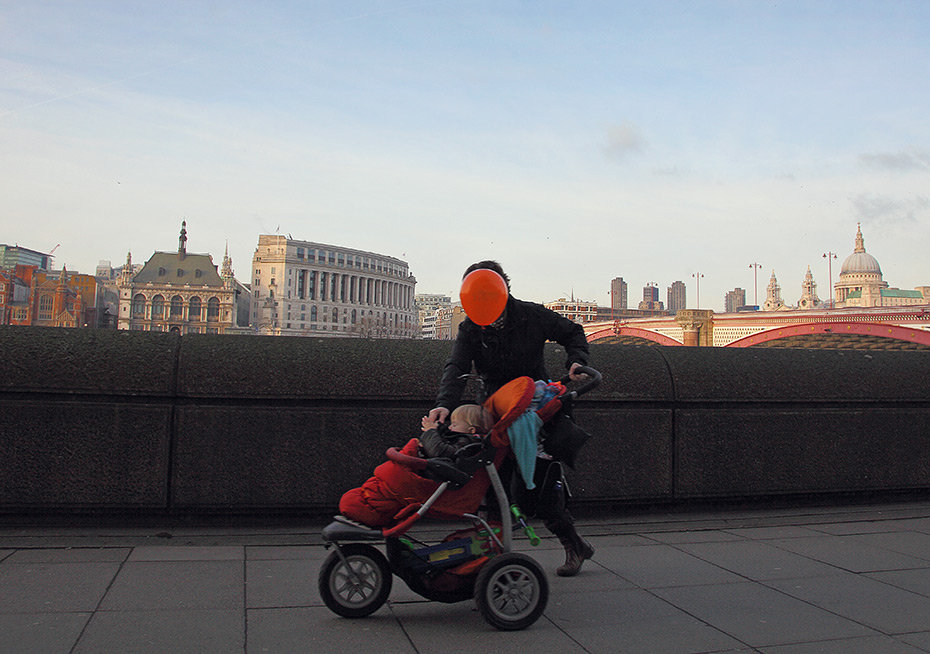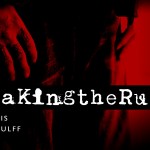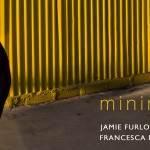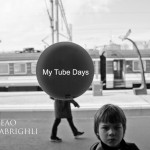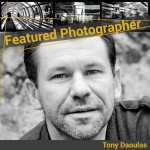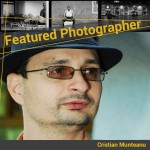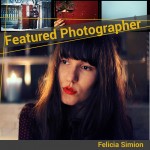Faceless: Rob Hill & Tristan Parker in an collaborative interview
Welcome to the first in a series of collaborative street photography interviews by the Urban Picnic Street Photography community featured on Street View Photography. In this first article Urban Picnic’s founder Rob Hill talks with Melbourne street photographer Tristan Parker. The series of street photos below are based on the idea ‘Faceless’ photography, and are taken in February 2013.
Rob Hill: What aspect of street photography do you find the most challenging?
Tristan Parker: The main aspect that I struggle with at the moment is the time commitment that is required in order to develop as a photographer. I don’t think that this is something that is only relevant in the street space though. There is a lot of testament from a lot of great artists that promote the idea of practice makes perfect, and I agree with this concept. I’m married, and I work a day job during the week… I also teach group exercise classes and have other commitments, the time left for shooting is sometimes minimal.
Rob Hill: Tristan, tell me about your street photography workflow and methods.
Tristan Parker: I am still learning Rob, but at the moment I have settled into a bit of a working groove, so I will explain that for you, and if yourself or anyone on the site has feedback then would love to hear it. I will outline the work flow from a digital perspective, as I am still bedding down the film to digital scanning flow at the moment.
From a shooting perspective, I don’t really have a work flow as such. I am very easy going when wandering. I have an endurance sports background and have raced a lot of long distance triathlons, so I guess this prepared me well for walking long distances with a camera. I try to go where the light takes me. I take note of what time of day it is, and where the sun is coming from, how high the buildings are, and I try to work out where the good light will be. Street is interesting like this. Yes the light is always great in the morning and late afternoon… But a lot of good street work is taken at all times of the day. If I find somewhere that is a good location but the light isnt quite right then I take a note of the location and a time that would work best in Evernote in my phone and come back to it later.
From a post production perspective, I use a few tools. I have a Dell laptop that I do all my editing on, its 17 inch so big enough. I use a Nikon Coolscan 4000 for scans for 35mm, and I use a Epson V700 for 120mm on the rare times (hope to have more times) that I shoot some. I use Viewscan for scanning, Lightroom for cataloguing, start of post production, and Silver FX Pro2 for black and white conversion (This is the best program out there, period). I have only just started using Photoshop, and only use it for spot removal on film, nothing else. I don’t think that Photoshop is the right tool for street work, Lightroom is a much better solution. Might be due to the fact that its a lot more like a digital darkroom. The same goes for the Silver FX set up as well.
So, I do some basic colour adjustments in Lightroom, adjust the tone curve, punch a little clarity into the shot when shooting digital (this doesnt work for film I am finding), and do the rest of the edit in Silver FX. The control you have over work in there is completely insane, and as someone that spent a lot of time in a darkroom for a lot of my youth, I do sometimes feel like I am cheating!
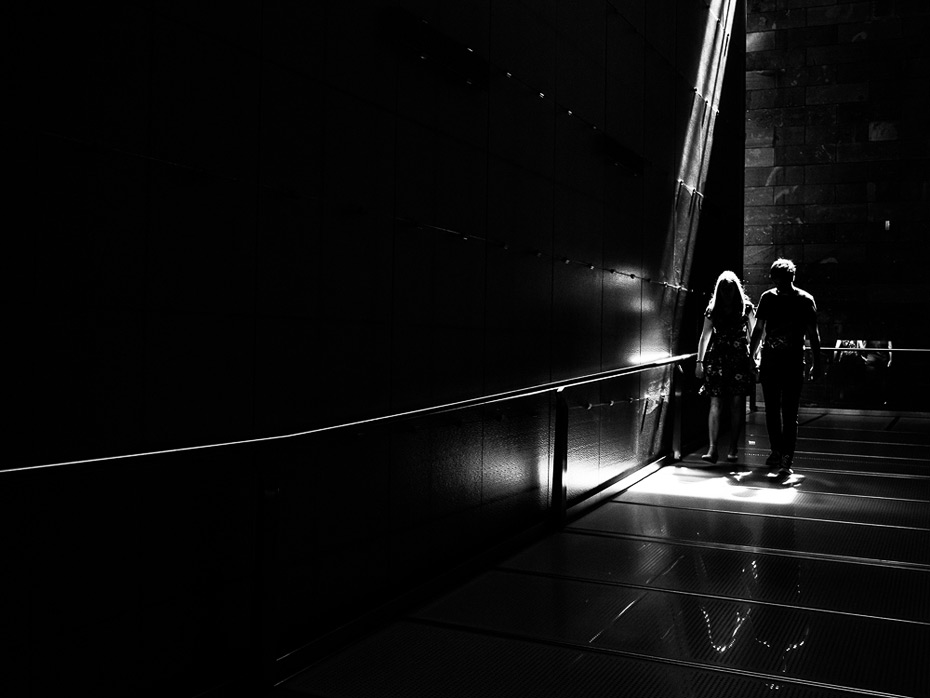 Faceless Couple – Tristan Parker
Faceless Couple – Tristan Parker
Rob Hill: Do you have a dream location for street photography?
Tristan Parker: I think that I am pretty spoiled with my current location. Melbourne is a vibrant and eclectic city, and has enough history and little dark corners to keep you happy for a long time. I have only been shooting street for 6 months, but I am still walking down back alleys in the CBD that I have never even been down before, and I have lived here my whole life, so this location is great. As far as other locations go… I don’t know that they are really different to travel locations that I would usually choose anyway.
New York (wanted to go there anyway)
London (have been a very long time ago, but would love to return)
Some other places, India, South America, some area of Africa.
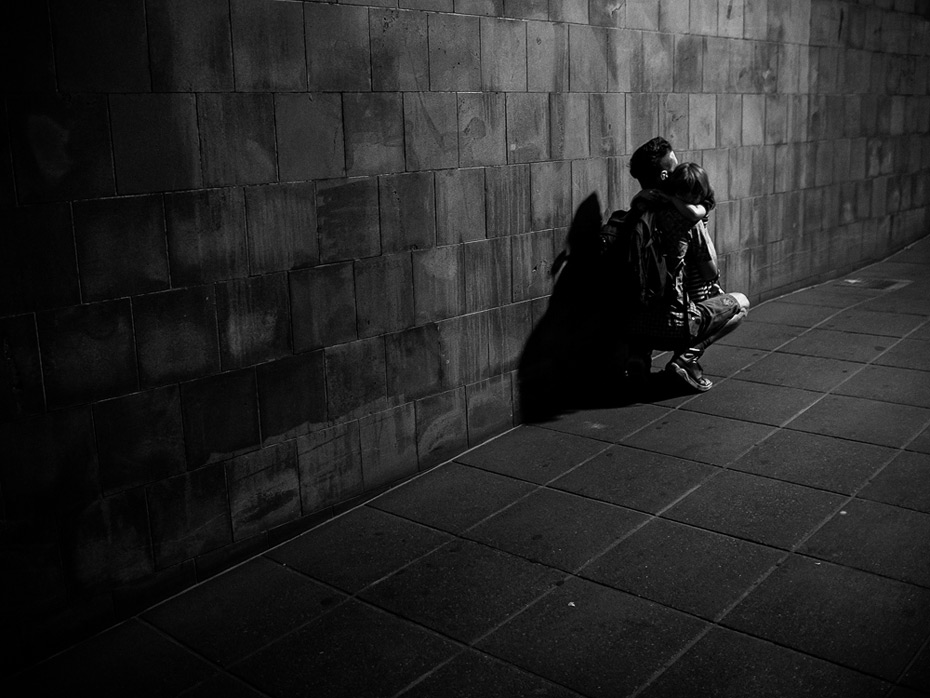 Shoulder to Cry On – Tristan Parker
Shoulder to Cry On – Tristan Parker
Rob Hill: What don’t you like about color? – or why do you prefer black and white?
Tristan Parker: Great question Rob, and one that I suspected would be coming. Want to be clear, its definitely not that I don’t like color. I have a great appreciation for work that others do in color, and I also realize that there are likely opportunities where color can be used to enhance the story, that by restricting my work to monochrome, I may be missing. You never know, it may be something that I decide to challenge myself with at some point in time. However based on the fact that I am currently returning to monochrome film in a big way, this might be a while off.
Probably 2 points that I have thought about on the reasons for this. The first is a physical restriction that I have. I have an eye condition called keratoconus. Its basically a condition that impacts my vision, not from a color perspective, but from a clarity perspective. I wear strong contacts to combat this, but its still an issue. I think that I have to put a lot of work into framing and focusing, adding a new visual consideration to my shot selection is a very hard task for me.
Second point… I have always shot in black and white, and I grew up around monochrome photography. My Dad is a secondary school teacher, and teaches photography. Ever since I can remember he has taken photos, and usually in black and white. I think its the sense of control that you are provided in the processing when you are able to do it all yourself. This is likely the reason that my eye when shooting just works better in monochrome.
I love to be able to process myself as well. I shot a roll of Fuji Acros the last few days, and I processed it in Rodinal using a stand development process for an hour at 20 degrees… I dont know that there is a lab anymore where you would be able to take a film and say to them, “I pushed this by 2 stops, and I would like it stand developed, and I would like it at 22 degrees instead of 20 to make up for the push time”. It just doesnt happen anymore. I also shot a roll of XP2 Ilford a week ago, the stuff you process through a lab in C41 process… I dropped it at a lab a week ago and its still not done. I would rather do things myself if I can. I think that you will be seeing a lot more film work from me in the near future, its an absolute joy to smell fixer in my house again, and I love the patience that it teaches. That feeling of waiting to see your results, getting shocks cause you don’t remember shooting that shot on the roll. More people should give it a go, I really think that it does wonders for your digital work flow as well.
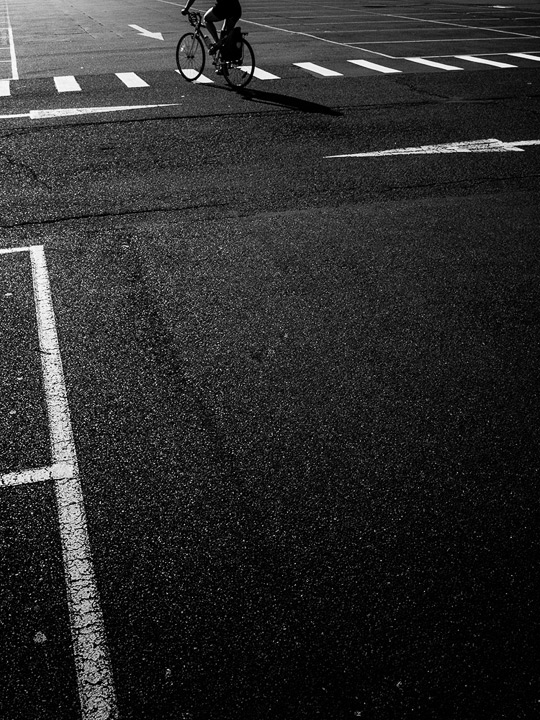 Lack of Direction – Tristan Parker
Lack of Direction – Tristan Parker
Tristan Parker: Rob, you are the Art director at Urban Picnic, how did you come into this role?
Rob Hill: Urban Picnic is a new venture I formed just over a year ago. I wanted to combine my design work and photography skills, start something interesting and have varied projects. Having a gallery and studio space means I now have contact with creative people and photographers near and far. The street photography took off in collaboration with Jamie Furlong and Matt Obrey and is a journey we are on and developing. Six months on and the reaction has been amazing. I’m learning more and meeting great photographers all the time.
Tristan Parker: Do you think that being art director is a job that allows you to grow as a photographer?
Rob Hill: Absolutely. I work with some talented people with skills in design, illustration, video and photography. I’m learning all the time from others I meet. When you come across an amazing photographer or artist it gives you that extra boost to develop your skills further, not just technically but how you view the world around you. When you work for a company you are probably restricted to some extent, but have the safe income. Now I work with different freelance designers and artists from all over, they all have a story to tell.
Tristan Parker: How did you find shooting to a brief? What was challenging and different about it, and how did you overcome this?
Rob Hill: Working to a brief is good. It’s what I do on a daily basis. Shooting to a brief with street photography though, I’m sure you found this too, it gets put the back of your mind, and you go around and rely on the environment to dictate to a certain degree. The shots are there you just have to find them. I was still looking for interesting shots, and when I saw a glimmer of an opportunity I angled it towards the brief. The lady and child with balloon was an example I stumbled upon and so I followed them. I knew a classic shot is to obscure the face with the balloon, and so shooting from the hip from a certain direction gave me that chance. A few efforts to get the shot without looking like a stalker, but that was the best of a bunch.
The brief itself wasn’t too difficult. There are many possibilities in the street to obscure someone’s face. Some of the ideas we discussed for the project brief could have been tougher. The challenge for me was to find something original or another play on the meaning of faceless. The other challenge for me was finding suitable weather to take pictures (excuse). It has mostly been freezing here and dull, and less than clement.
Tristan Parker: Do you think that you were successful in capturing what your vision of the brief?
Rob Hill: I think working to this brief I naturally wanted to explore different options rather then stick to one theme. I must admit one or two of my shots were influenced by work I’ve seen here on UPSP. I didn’t go out to with any preconceived idea of what I wanted to get, but I was generally looking out for the theme. Also I was thinking of ideas where the term ‘Faceless’ may not be literal. The shot ‘Look the Other Way’ where people are walking one way apart from one guy was on that idea. It took ages, but London is a busy place.
I think if I had been shooting in a strong sunlight I would have been looking for low shadows obscuring faces and heads, or taking shots into the sun to silhouette people. Some of my favorite images have great contrast and play with light. But London in February with only a couple outings, my chance for strong sunlight was limited.
Conclusion:
Rob Hill:
“Working with Tristan to a brief was an interesting experiment to try out. I think we both produced interesting work within a tight timescale.
I had a good idea Tristan was going to work in black and white which influenced my decision to stay in color as a contrast. I think Tristan’s use of strong light and contrast is great. His photo, ‘Hot Head’ is a winner. I know if that was uploaded to the site it would be a ‘best of the day’ shot, and maybe a contender for editors’ choice.
I’m glad we came up with contrasting styles and a different idea of what ‘Faceless’ could mean in street photography. Maybe we should try this again when it’s summer in the UK and winter in Australia….then again no, it would look the same…. Faceless street photography
Tristan Parker:
“As the first of these joint projects we have been successful in achieving what we set out to explore. The difference in artistic interpretation of the same brief when explored by two people in different sides of the planet.
Robs work in color is very striking. I think that the choice of color is an interesting one, and perhaps a little removed from my expectations. I knew that the weather in the UK was quite bleak during the time that we had for capturing our images. I found one of the things I continue to go back to Robs images for, is the brightness and the vibrancy of the color, and its contrast to the very winter clothing and colors that are worn by the subjects.
Rob has also utilized a variety of methods to fulfill the brief. This is also contrary to my series where I have used shadow to conceal the face in all bar one of the shots. Robs methods bring variation to the concept that I may have been lacking, something also displayed in the strong use of a variation of colors through the series.
Of Rob’s images, the image of the reflection in the glass wall stands out for me. The man walking past the wall, with the flash of red on his sock, makes me want to know whats behind there. Its almost like one man is choosing to venture where the other has already been. The fact that the reflection in the glass is slightly skew due to the nature of the surface leaves me wondering if he would be better staying on the sharp and focused side of the shot, rather than venturing into the unknown.
By Rob Hill & Tristan Parker
Source: Urban Picnic Street Photography
Find more interesting discussions in our SVP-Forum.
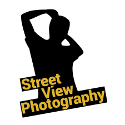
 Follow
Follow
